Understanding Blepharoplasty: A Comprehensive Guide to Eyelid Surgery
Understanding Blepharoplasty: A Comprehensive Guide to Eyelid Surgery
As we age, our skin naturally loses its elasticity, and fat can accumulate around the eyes, leading to drooping eyelids, puffiness, and under-eye bags. These changes can make us look tired or older than we feel, and in some cases, they can even impair vision. Blepharoplasty, also known as eyelid surgery, is a highly effective procedure designed to correct these concerns, rejuvenate the eyes, and restore a more youthful, refreshed appearance.
Whether you’re considering blepharoplasty for aesthetic reasons or functional concerns, it’s important to understand what the procedure entails, its benefits, and how to determine if it’s right for you.
What is Blepharoplasty?
Blepharoplasty is a surgical procedure that involves removing excess skin, fat, and muscle from the upper or lower eyelids. It is commonly performed to address issues such as:
– Drooping upper eyelids that can obstruct vision
– Puffiness or bags under the eyes
– Wrinkles and fine lines around the eyelids
– Excess skin or fat contributing to tired or aged eyes
The surgery can be performed on the upper eyelids, lower eyelids, or both, depending on your concerns.
Types of Blepharoplasty
1. Upper Blepharoplasty: This procedure addresses excess skin, fat, or muscle in the upper eyelids. It can remove sagging skin that may be obstructing your vision or contributing to a tired appearance.
2. Lower Blepharoplasty: This surgery targets the under-eye area to reduce puffiness and bags caused by excess fat and skin. It also helps to smooth out wrinkles and fine lines.
3. Asian Blepharoplasty: Often referred to as “double eyelid surgery,” this procedure is tailored to individuals of Asian descent who want to create a more defined upper eyelid crease.
Benefits of Blepharoplasty
The benefits of blepharoplasty go beyond just cosmetic improvement; they can have a significant impact on your quality of life:
– Aesthetic enhancement: The procedure can give you a more youthful, rested, and refreshed appearance by addressing sagging or puffiness around the eyes.
– Improved vision: For patients whose upper eyelids are sagging to the point of obstructing their vision, blepharoplasty can improve field of vision and overall comfort.
– Minimal scarring: The incisions made during the procedure are typically well-hidden in natural eyelid creases or along the lower lash line, resulting in minimal visible scarring.
Is Blepharoplasty Right for You?
If you’re considering blepharoplasty, you may wonder if it’s the right option for you. Ideal candidates for this procedure typically:
– Are in good overall health
– Have realistic expectations about the results
– Have excess skin, fat, or muscle around the eyes that is affecting either appearance or vision
– Do not have underlying eye conditions (e.g., glaucoma or dry eye syndrome)
During your consultation, we will evaluate your eyelid anatomy, medical history, and specific concerns to determine the best course of action for your needs.
The Blepharoplasty Procedure
Blepharoplasty is typically performed under local anaesthesia sometimes with sedation or general anaesthesia, depending on the complexity of the surgery. The procedure involves making discreet incisions in the natural folds of the eyelids or along the lash line. Excess skin, fat, and muscle are then carefully removed or repositioned to achieve a more youthful and natural-looking result. You can watch a video of live surgery at The STAIANO Clinic here.
For upper eyelid surgery, the incision is often made in the crease of the eyelid, while lower eyelid surgery can involve an incision just below the lower lash line or inside the lower eyelid (transconjunctival) for a more minimally invasive approach.
Recovery and Aftercare
After blepharoplasty, patients can expect some swelling and bruising around the eyes. This is normal and typically subsides within a few days to a week. Most patients are able to resume normal activities after about 7–10 days, though it’s important to avoid strenuous activities for a few weeks.
We will provide specific aftercare instructions, including:
– Applying cold compresses to reduce swelling
– Keeping the head elevated while sleeping
– Taking medication to manage pain and reduce swelling
– Avoiding direct sun exposure and using sunscreen to protect the delicate skin around your eyes
It’s important to follow these instructions closely to ensure a smooth recovery and optimal results.
Potential Risks and Complications
Like any surgical procedure, blepharoplasty carries some risks. While complications are rare, they may include:
– Infection or bleeding
– Dry eyes or difficulty closing the eyelids
– Scarring
– Asymmetry or unsatisfactory cosmetic results
Choosing a fully trained plastic surgeon with experience in eyelid surgery is crucial to minimizing these risks and ensuring the best possible outcome.
Why Choose a Fully Trained Plastic Surgeon for Blepharoplasty?
When considering blepharoplasty, it’s essential to choose a skilled, experienced, and fully trained plastic surgeon. A qualified surgeon will assess your unique concerns, discuss your goals, and develop a personalized treatment plan to achieve natural-looking results.
At The STAIANO Clinic, we are all fully trained plastic surgeons committed to the highest level of care and helping our patients achieve their aesthetic goals through safe, effective procedures. During your consultation, we’ll guide you through the entire process, answer your questions, and make sure you feel comfortable every step of the way.
Final Thoughts
Blepharoplasty is a transformative procedure that can rejuvenate your appearance, restore your confidence, and even improve your vision if sagging eyelids are obstructing your sight. Whether you’re looking to enhance the aesthetics of your eyes or address functional concerns, blepharoplasty offers a reliable solution with minimal downtime and long-lasting results.
If you’re considering eyelid surgery, contact us today to schedule a consultation and find out how blepharoplasty can help you achieve your desired look. Let us help you put your best face forward with the confidence you deserve.
About The STAIANO Clinic
At The STAIANO Clinic, we specialize in providing comprehensive plastic and reconstructive surgery services to help our patients look and feel their best. Our team of expert surgeons and dedicated staff are here to guide you through every step of your cosmetic journey. Our 5 star reviews are testament to the fact the we focus on putting our patients first. Reach out today to schedule your consultation and discover your potential with our advanced surgical solutions.

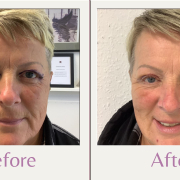
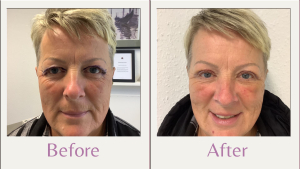
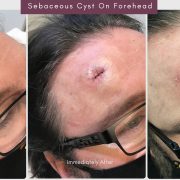
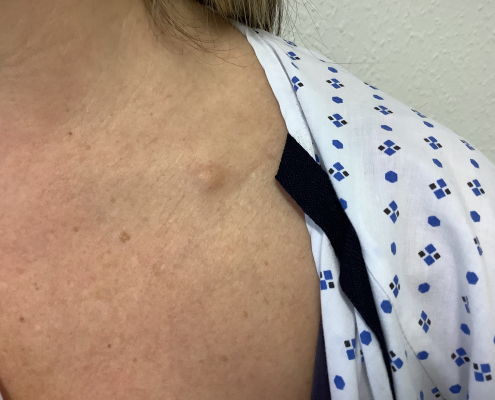
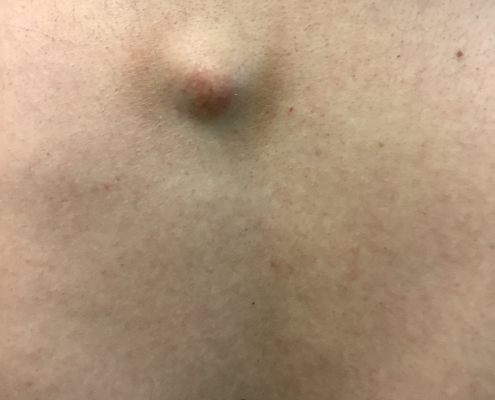
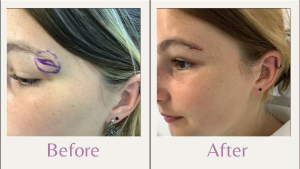
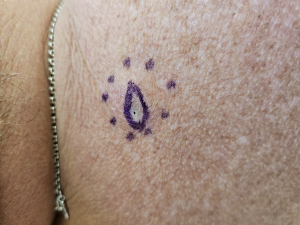
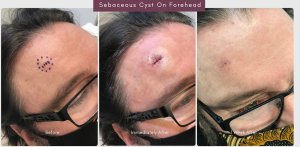
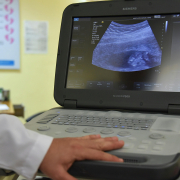
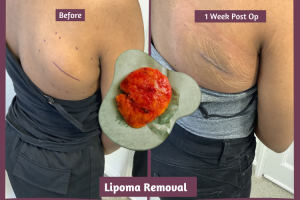
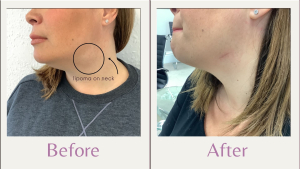
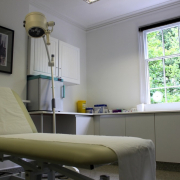
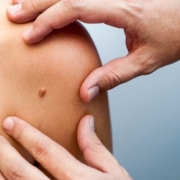
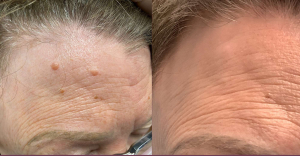
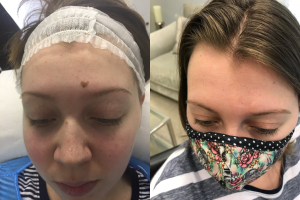


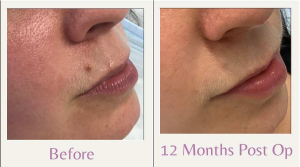
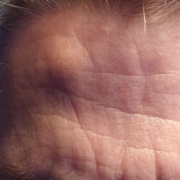
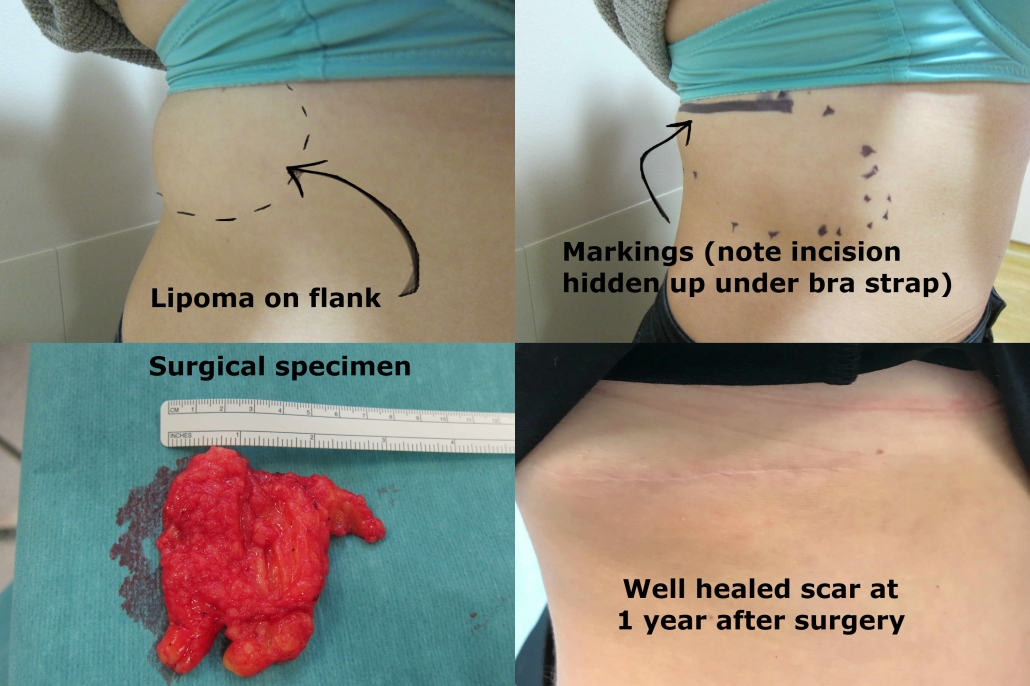

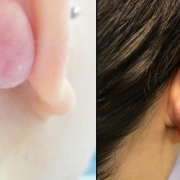
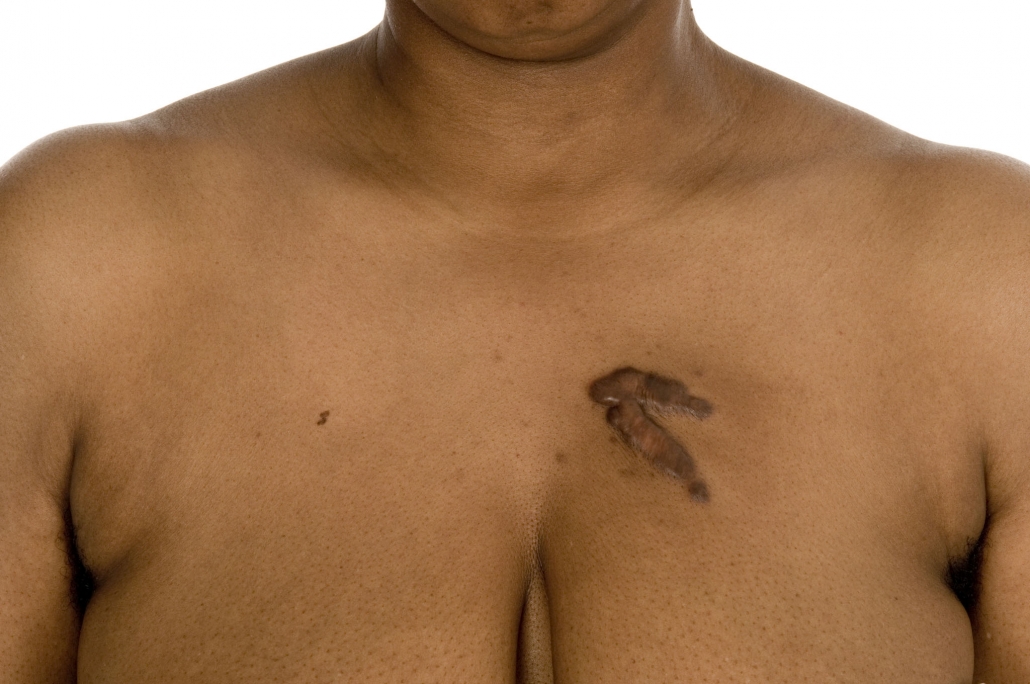
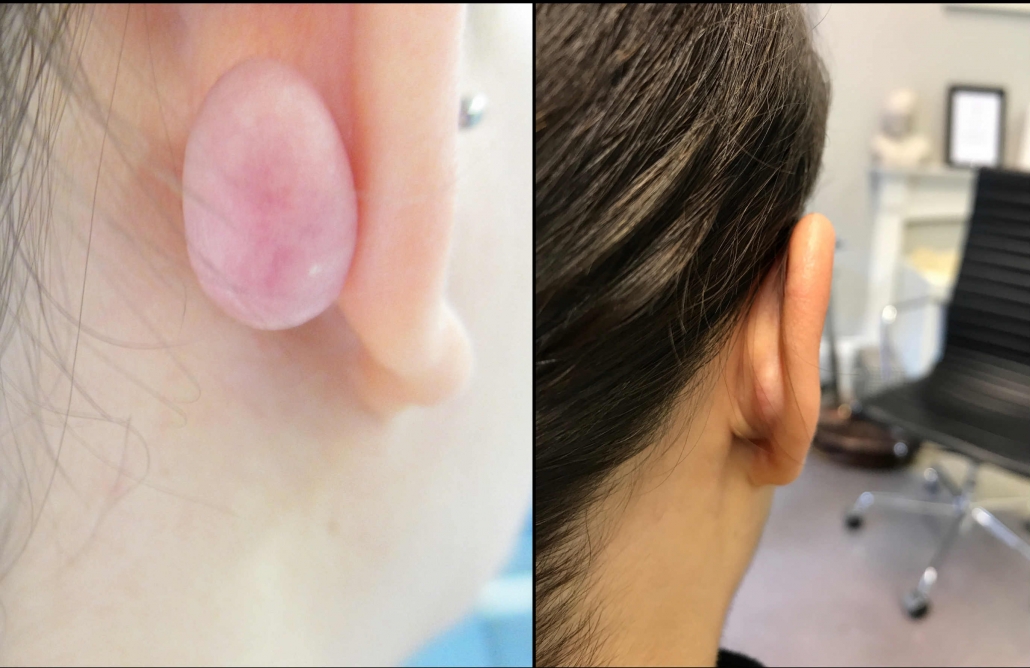
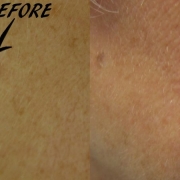
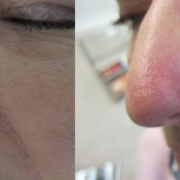
#askjj
Read Jonathan's book now!
Jonathan is on a one man crusade to revolutionise the image of cosmetic surgery and is passionate about spreading his message about cosmetic surgery training.